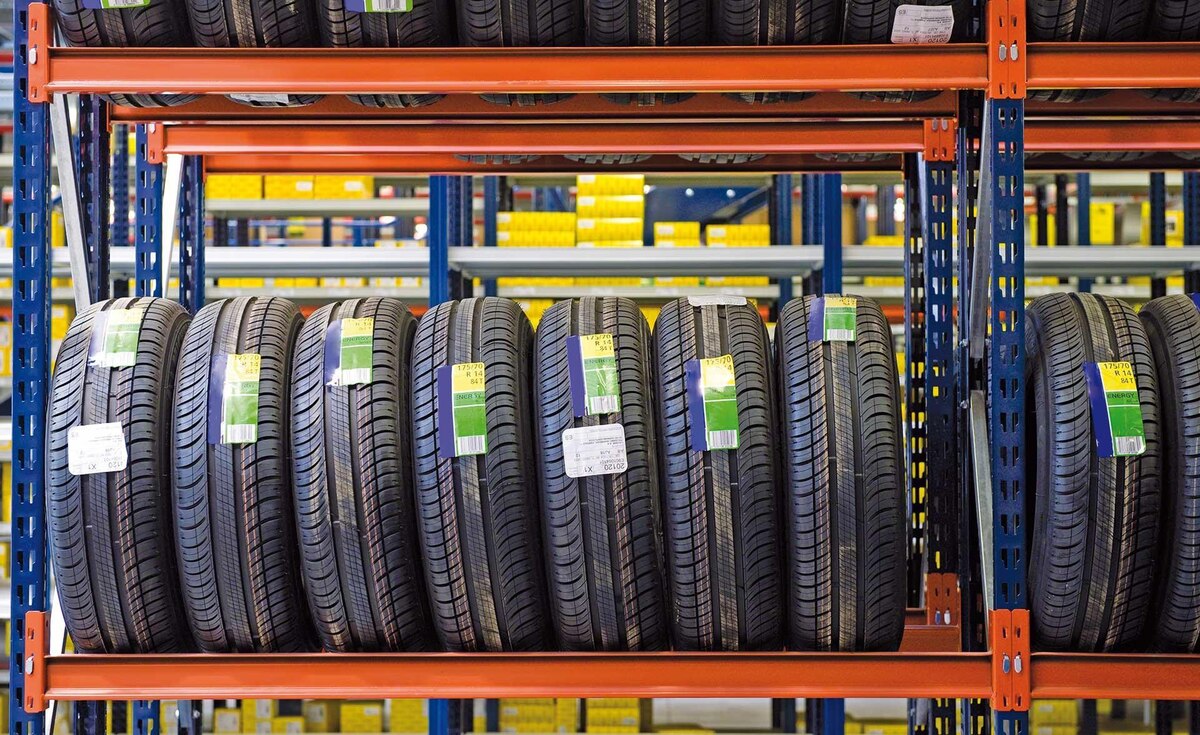

Articles
How To Store New Tires
Modified: February 23, 2024
Learn how to store new tires properly with this informative and helpful articles. Discover tips and tricks for maintaining tire quality and extending their lifespan.
(Many of the links in this article redirect to a specific reviewed product. Your purchase of these products through affiliate links helps to generate commission for Storables.com, at no extra cost. Learn more)
Introduction
When it comes to taking care of your tires, proper storage is essential to maintain their quality and longevity. Whether you have a spare set of tires for seasonal changes or are storing new tires for future use, it’s crucial to store them correctly to avoid any damage or premature wear. In this article, we will discuss the steps to store new tires effectively and keep them in optimal condition for when you need them.
Choosing the right storage area, cleaning and preparing the tires, and using proper storage techniques are all important factors to consider. Additionally, monitoring tire pressure and condition, especially during long-term storage, is crucial for ensuring that your tires are ready to perform when you put them back on your vehicle.
By following these guidelines and using the right storage methods, you can not only protect your investment but also prolong the life of your tires. Let’s delve into the details of each step, so you can confidently store your new tires.
Key Takeaways:
- Proper tire storage is crucial for maintaining tire quality and longevity. Choose a clean, cool, and dry storage area, monitor tire pressure, and use tire storage bags or covers to protect your investment and extend tire lifespan.
- Whether storing tires on rims or without, follow proper cleaning and storage techniques. Regularly monitor tire pressure, inspect for damages, and rotate tires to ensure optimal performance when you need them.
Read more: How To Store Tires
Choosing the Right Storage Area
When it comes to storing your new tires, the first step is to choose the right storage area. Ideally, you want a clean, cool, and dry place to keep your tires. Here are some factors to consider when selecting the storage location:
- Cleanliness: Ensure that the area you choose is free from dirt, debris, and any chemicals or substances that could potentially damage the tires. It’s best to store the tires away from direct sunlight, as UV rays can cause them to deteriorate.
- Temperature: Extreme temperatures can have a detrimental effect on tire quality. Aim for a storage area where the temperature is consistent and moderate, ideally between 40 and 80 degrees Fahrenheit (4 to 27 degrees Celsius). Fluctuations in temperature can cause the tire rubber to degrade, leading to cracking or other issues.
- Humidity: Moisture is another factor to consider. High humidity can lead to mold, mildew, or even corrosion of the rims. Keep the storage area as dry as possible by avoiding basements or areas prone to dampness.
- Space: Ensure that you have enough space to store the tires properly. Avoid stacking or crowding the tires, as this can lead to deformation or misshaping.
Consider these factors and choose a storage area that meets the requirements for maintaining tire integrity. A clean, cool, and dry location will help ensure the tires stay in optimal condition until you’re ready to use them again.
Cleaning and Preparing the Tires
Before storing your new tires, it’s important to clean and prepare them properly. This step not only helps maintain their appearance but also removes any contaminants that could potentially damage the rubber. Here’s a simple process to clean and prepare your tires:
- Remove debris: Start by removing any loose dirt, mud, or stones from the tread and sidewalls of the tires. Use a soft-bristle brush or a gentle stream of water to dislodge and rinse off the debris.
- Use gentle cleaners: For tougher stains or residue, you can use a mild soap or tire cleaner. Avoid harsh chemicals or solvents, as they can degrade the rubber and cause discoloration. Apply the cleaner to a sponge or brush and gently scrub the tire surface. Rinse off the cleaner thoroughly to ensure no residue is left behind.
- Dry completely: After cleaning, it’s crucial to allow the tires to dry completely before storing them. Moisture can promote mold growth and cause issues during storage. Use a clean towel or let them air dry in a well-ventilated area. Avoid using heat sources such as heaters or hair dryers, as excessive heat can damage the rubber.
- Inspect for damages: While cleaning, take the opportunity to inspect the tires for any damages or irregularities. Look for cuts, bulges, or any signs of wear. If you notice any significant issues, it’s best to consult a professional before storing the tires.
By properly cleaning and preparing your tires, you not only maintain their appearance but also ensure that no contaminants or debris are trapped during storage. This step sets the foundation for storing them correctly and keeping them in excellent condition.
Storing Tires on Rims
If your new tires are mounted on rims, it’s important to take additional precautions during the storage process. Storing tires on rims helps maintain their shape and reduces the risk of deformation. Here are some guidelines to follow when storing tires on rims:
- Position the tires correctly: When placing the tires on the storage area, ensure that they are positioned upright and not stacked. Stacking can lead to excessive pressure and potentially cause damage to the rims or tire sidewalls.
- Avoid hanging tires: While hanging tires may seem like a convenient storage solution, it can cause stress on the sidewalls and lead to distortion. It’s best to store tires on a flat surface or use a tire rack specifically designed for storing mounted tires.
- Utilize tire bags or covers: Consider using tire storage bags or covers to protect the tires from dust, moisture, and UV rays. These bags provide an extra layer of protection and help prolong the life of the tires. Make sure the bags are clean and dry before putting the tires inside.
- Monitor tire pressure: It’s crucial to check the tire pressure before storing them and periodically during long-term storage. Proper tire pressure helps prevent flat spots and maintains the integrity of the tires. Inflate the tires to the manufacturer’s recommended pressure and check them regularly.
- Store in a climate-controlled area: If possible, store the tires in a climate-controlled environment to avoid extreme temperature fluctuations. Temperature changes can affect tire pressure and cause damage to the rubber. A cool, dry storage area is the ideal condition for long-term storage.
By following these guidelines, you can store tires on rims properly and ensure their integrity during the storage period. Taking these extra precautions will help keep your tires in excellent condition and ready for use when you need them.
Storing Tires without Rims
If you have new tires that are not mounted on rims, proper storage is equally important to maintain their quality and performance. Here are some steps to follow when storing tires without rims:
- Place the tires upright: When storing tires without rims, make sure to position them upright and avoid stacking them. Stacking tires can lead to unnecessary pressure and cause deformations or misshaping.
- Use tire stands or racks: Consider using tire stands or racks specifically designed for storing tires. These help distribute the weight evenly and prevent flat spots from developing. Make sure the stands or racks are stable and can support the weight of the tires.
- Keep tires away from direct contact with the ground: Avoid storing tires directly on concrete or any dirty or rough surface. Place a clean and dry surface, such as a wooden pallet or tire mat, under the tires to protect them from moisture and debris.
- Rotate tires periodically: To prevent flat spots, it’s recommended to rotate the tires every month or two during long-term storage. This helps distribute the weight evenly and prevents the tires from developing a flat area from prolonged contact with the ground.
- Protect the tires with storage covers: Consider using tire storage bags or covers to provide an extra layer of protection against dust, sunlight, and moisture. These covers help keep the tires clean and extend their lifespan.
- Monitor tire pressure: Just like storing tires on rims, it’s important to monitor the tire pressure when storing them without rims. Check the tire pressure before storing them and periodically throughout the storage period. Keeping the tires properly inflated helps maintain their shape and prevents flat spots.
By following these steps, you can effectively store tires without rims and ensure they remain in good condition. Proper storage techniques, along with regular maintenance and monitoring, will help prolong the life of your tires and ensure optimal performance when you need to use them.
Store new tires in a cool, dry, and dark place away from direct sunlight and sources of heat. Keep them away from ozone-generating equipment and store them vertically to prevent distortion.
Read more: How To Store Summer Tires
Proper Tire Stacking Techniques
When it comes to storing multiple tires, proper stacking techniques are crucial to optimize space and prevent damage. Whether you’re storing tires on rims or without rims, here are some tips to ensure you stack them correctly:
- Stack tires symmetrically: When stacking tires, make sure to align them symmetrically. This means placing each tire directly on top of the other, aligning the treads and sidewalls. Symmetrical stacking helps distribute the weight evenly and reduces the risk of deformation.
- Do not stack too high: Avoid stacking tires too high to prevent excessive pressure on the bottom tires. It’s recommended to stack no more than four or five tires high, depending on the size and weight of the tires.
- Use a stable base: Ensure the base of the tire stack is stable and provides adequate support. If you’re stacking tires on a rack, make sure the rack is sturdy and securely anchored. If you’re stacking directly on the ground, use a flat and supportive surface.
- Consider using tire separators: To further protect the tires and prevent them from touching each other, you can use tire separators. These are round plastic discs or rubber mats that fit between the tires, creating a barrier and preventing friction or rubbing.
- Rotate the tire stack: If storing tires for an extended period, rotate the tire stack every few months to distribute the weight and prevent flat spots. This is especially important if the tires are stored in a single position for a long time.
By following these tire stacking techniques, you can maximize storage space and ensure the tires remain in optimal condition. Proper stacking minimizes the risk of damage, deformation, or misshaping, preserving the quality and performance of your tires.
Using Tire Storage Bags or Covers
Using tire storage bags or covers is an excellent way to provide an extra layer of protection for your tires during storage. These bags or covers are designed to shield the tires from dust, sunlight, moisture, and other potential damaging factors. Here’s how to effectively utilize tire storage bags or covers:
- Choose the right size: Select storage bags or covers that are specifically designed for your tire size. An appropriate fit ensures optimal protection and prevents excess bagginess or tightness.
- Clean and dry the tires: Before placing your tires in the storage bags or covers, make sure they are clean and dry. Any moisture left on the tires before storage can promote mold or mildew growth, leading to potential damage.
- Inspect the bags: Before using the storage bags, inspect them for any damage or tears. If you notice any defects, it’s best to use a different bag to ensure the tires are adequately protected.
- Insert the tires: Place one tire inside the bag or cover at a time, ensuring that it fits snugly. Avoid overcrowding the bag with multiple tires, as it can put excess pressure on the sidewalls.
- Seal the bags: Most tire storage bags come with a seal or closure mechanism. Follow the manufacturer’s instructions to securely close the bags and create a protective barrier around the tires.
- Store in a clean and dry area: Once the tires are in the sealed storage bags or covers, place them in a clean and dry storage area away from direct sunlight. Make sure the storage area is free from dirt, moisture, and chemicals that could potentially damage the tires.
- Periodically inspect the bags: During the storage period, it’s a good practice to periodically inspect the storage bags or covers. Check for any signs of damage or moisture buildup, and replace the bags if necessary.
Using tire storage bags or covers adds an extra layer of protection and helps prolong the life of your tires. It ensures they are shielded from harmful elements and helps maintain their condition until you’re ready to use them again.
Monitoring Tire Pressure and Condition
Properly monitoring tire pressure and condition during storage is crucial for maintaining the integrity of your tires. Over time, tires can lose air pressure, which can lead to flat spots or other issues. Here’s how to effectively monitor tire pressure and condition:
- Check tire pressure before storage: Before storing your tires, check their pressure using a reliable tire pressure gauge. Inflate the tires to the manufacturer’s recommended PSI (pounds per square inch) to ensure they are adequately pressurized.
- Monitor tire pressure periodically: During long-term storage or if the tires are stored for an extended period, it’s essential to periodically check the tire pressure. Tires can lose pressure over time, so it’s crucial to maintain the recommended PSI to prevent flat spots and maintain tire integrity. Check the pressure every three to six months, adjusting as necessary.
- Inspect for any damages or abnormalities: Regularly inspect the tires for any signs of damage, such as cuts, bulges, or sidewall cracking. If you notice any significant issues, consult a tire professional before using the tires again. Additionally, look out for any abnormalities in the tire’s appearance or tread wear, as these could indicate underlying issues.
- Rotate the tires: If you’re storing the tires in a static position for an extended period, consider rotating them every few months. Rotating the tires helps distribute the weight and prevents flat spots from developing.
By diligently monitoring tire pressure and condition, you can catch any issues early on and take necessary actions to prevent further damage. Regular inspections and maintenance will help ensure that your tires are in optimal condition when you’re ready to put them back on your vehicle.
Tips for Long-Term Tire Storage
If you’re planning to store your tires for an extended period, such as over a season or several months, it’s essential to follow some extra tips to maintain their quality. Here are some helpful tips for long-term tire storage:
- Clean and prepare tires: Before storing your tires, clean them thoroughly and ensure they are completely dry. Remove any dirt, debris, or chemicals that could potentially damage the rubber. This step sets a solid foundation for proper storage.
- Avoid storing near electric motors: Keep your tires away from any electrical motors or sources of ozone, such as electric motors or generators. Ozone exposure can cause the rubber to deteriorate and result in cracking or other damage.
- Store tires in an upright position: Whenever possible, store your tires in an upright position. This helps maintain their shape and prevents them from deforming or developing flat spots. Avoid stacking too many tires on top of each other, as excessive weight can lead to deformation.
- Rotate tires periodically: If you’re storing the tires for a year or longer, consider rotating them every six months. This helps redistribute the weight and prevents flat spots from forming. If you’re storing them for a shorter period, rotating them once during storage is sufficient.
- Keep tires away from direct sunlight: Store your tires in a cool, dry, and dark area. Direct sunlight can cause the rubber to deteriorate and lead to premature aging. If you’re storing the tires outdoors, make sure to use tire covers or find a shaded spot.
- Store in a controlled climate: Extreme temperatures can have a detrimental effect on tire quality. If possible, store your tires in a climate-controlled space where the temperature and humidity levels remain consistent.
- Avoid using tire dressings: While tire dressings can enhance the appearance of your tires, they are not recommended for long-term storage. These products can contain chemicals that may react with the rubber or cause discoloration over time.
- Don’t stack heavy objects on top of tires: Avoid placing heavy objects on top of stored tires, as this can cause unnecessary pressure and deformation. Keep the area surrounding the tires clear to prevent accidents or damage.
- Check tires before reinstallation: Before putting the stored tires back on your vehicle, thoroughly inspect them for any signs of damage or wear. Check the pressure, tread depth, and overall condition to ensure they are safe and ready for use.
By following these tips, you can ensure that your tires remain in excellent condition during long-term storage. Proper cleaning, storage conditions, and regular maintenance will help preserve tire quality and prolong their lifespan.
Read more: How To Store Winter Tires
Conclusion
Properly storing your new tires is essential to maintain their quality and ensure they perform at their best when you need them. By following the right storage techniques, you can protect your investment and extend the life of your tires. Remember these key points:
First, choose a clean, cool, and dry storage area that is free from dirt, moisture, and extreme temperature fluctuations. This will create an optimal environment for tire storage. If your tires are mounted on rims, position them upright and consider using tire storage bags or covers to provide an extra layer of protection. Storing tires without rims? Place them upright on a supportive surface and use tire stands or racks, if possible.
Additionally, regularly monitor the tire pressure to prevent flat spots and maintain their shape. Inspect your tires for any damages or abnormalities, and rotate them periodically to distribute weight and prevent flat spots. Don’t forget to clean and prepare your tires before storing them, removing any dirt or debris that could potentially damage the rubber.
Lastly, for long-term storage, follow specific tips such as storing in an upright position, avoiding direct sunlight and ozone exposure, and periodically rotating the tires. Keep in mind that a controlled climate and proper storage conditions are crucial for maintaining tire integrity.
By implementing these guidelines, you can ensure that your new tires are well-preserved and ready to deliver optimal performance when you’re ready to mount them on your vehicle. Taking the time to store your tires correctly will not only extend their lifespan but also save you money in the long run by avoiding premature wear and replacement.
Remember, a little effort in proper tire storage goes a long way in keeping your tires in top shape and ensuring a safe and enjoyable driving experience.
Frequently Asked Questions about How To Store New Tires
Was this page helpful?
At Storables.com, we guarantee accurate and reliable information. Our content, validated by Expert Board Contributors, is crafted following stringent Editorial Policies. We're committed to providing you with well-researched, expert-backed insights for all your informational needs.
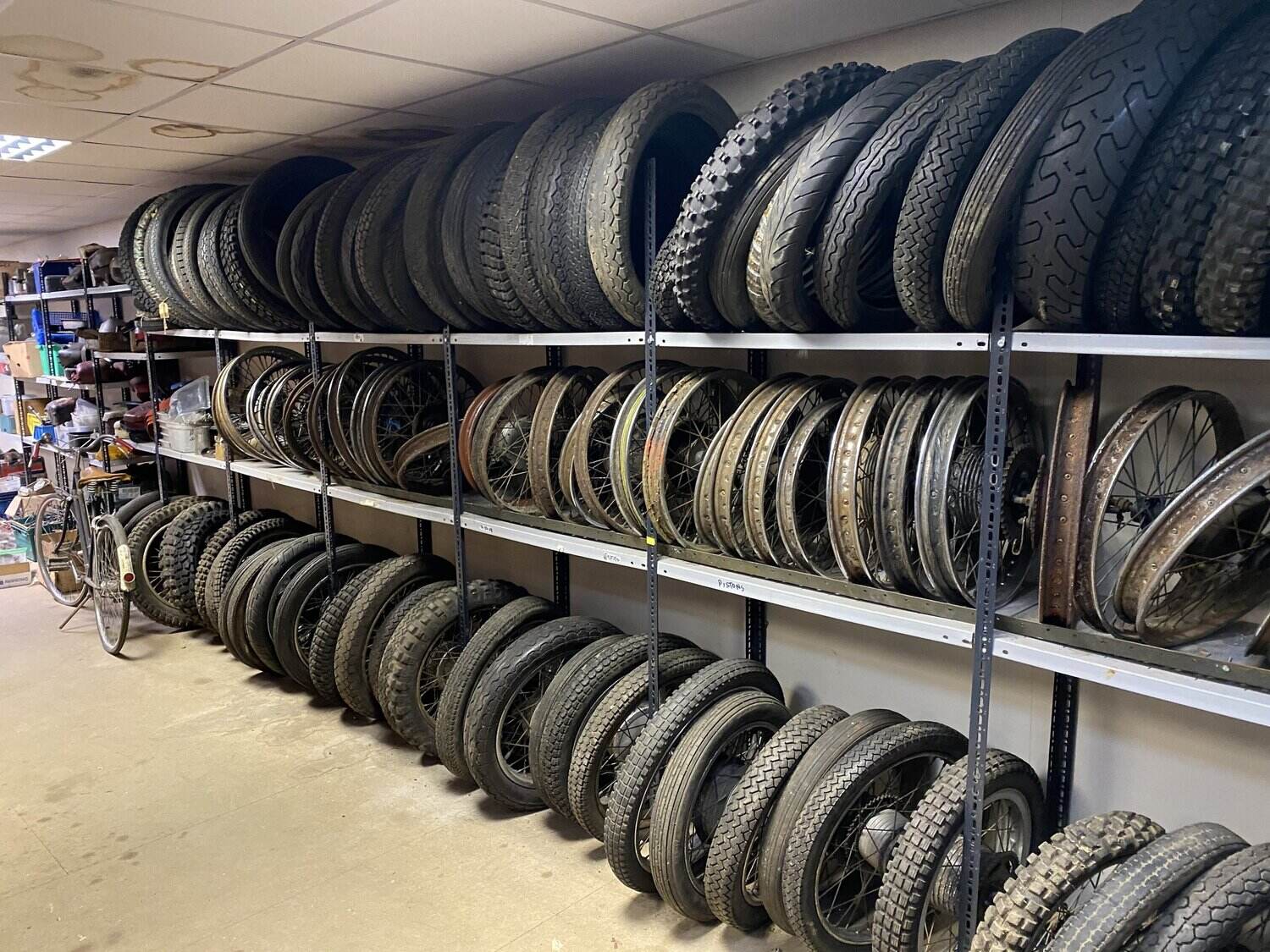
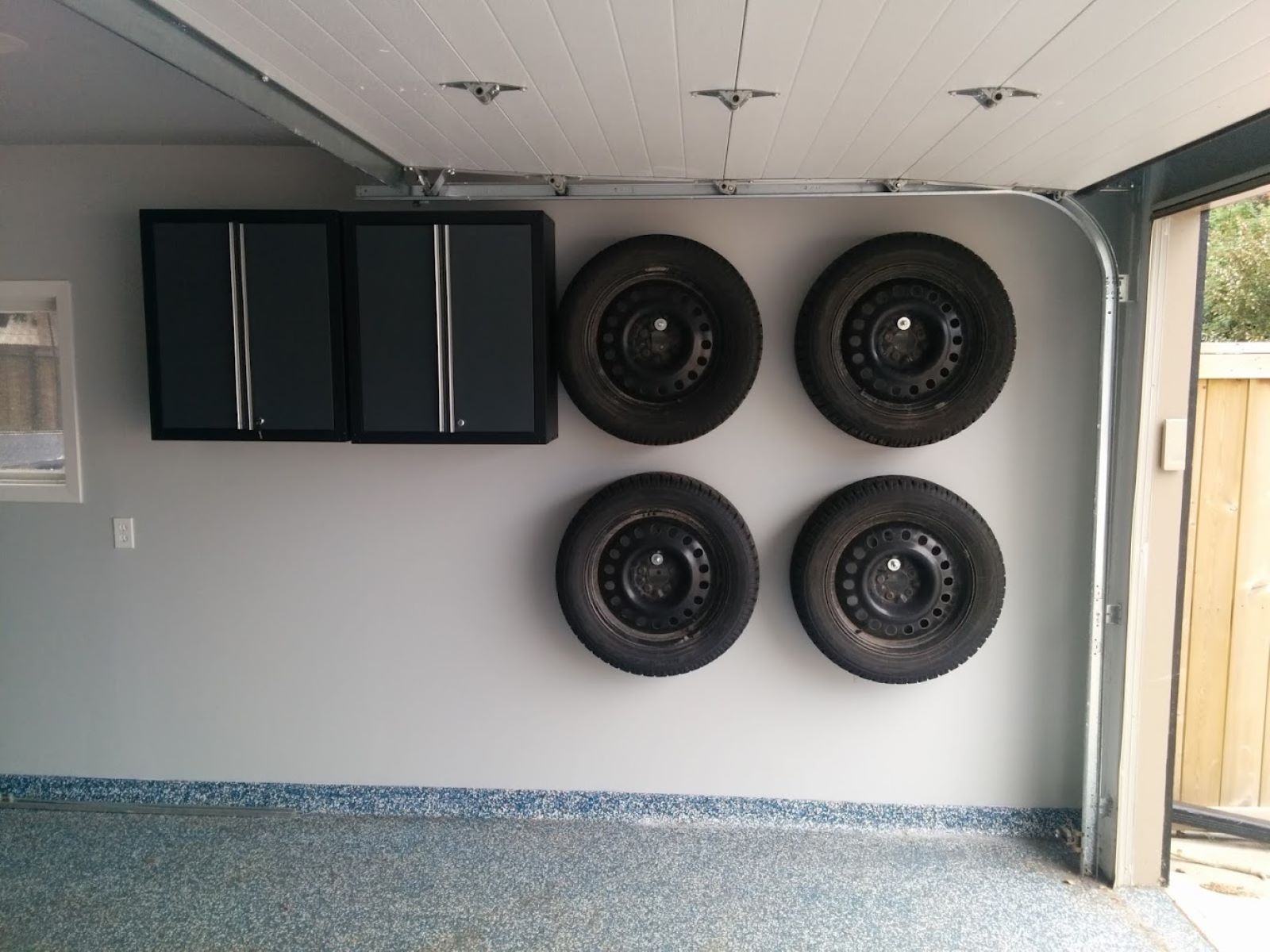
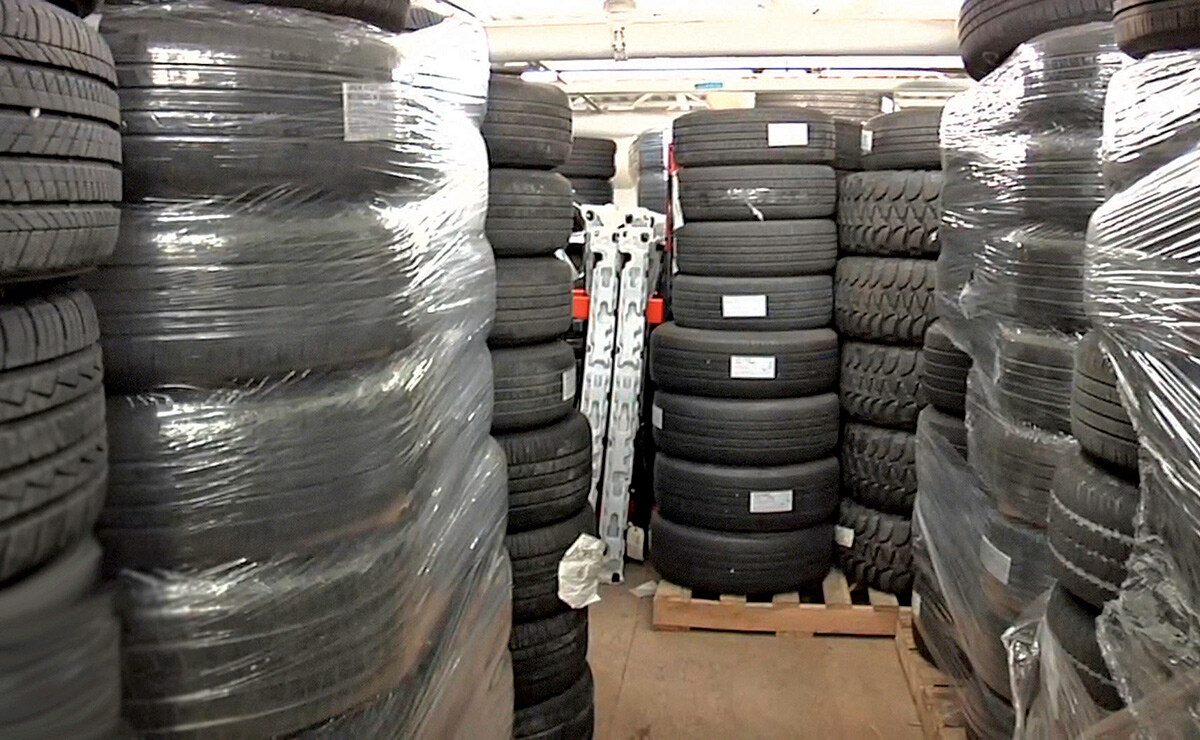
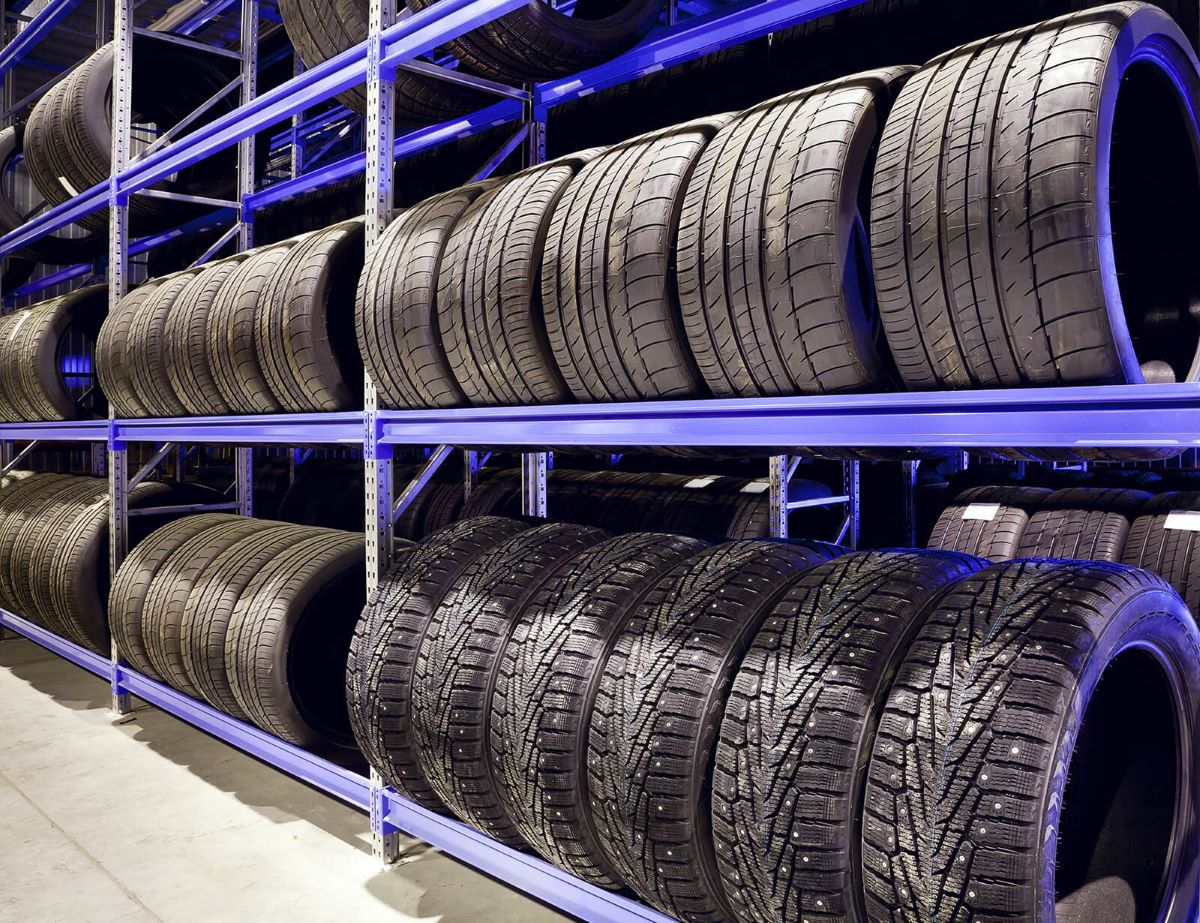
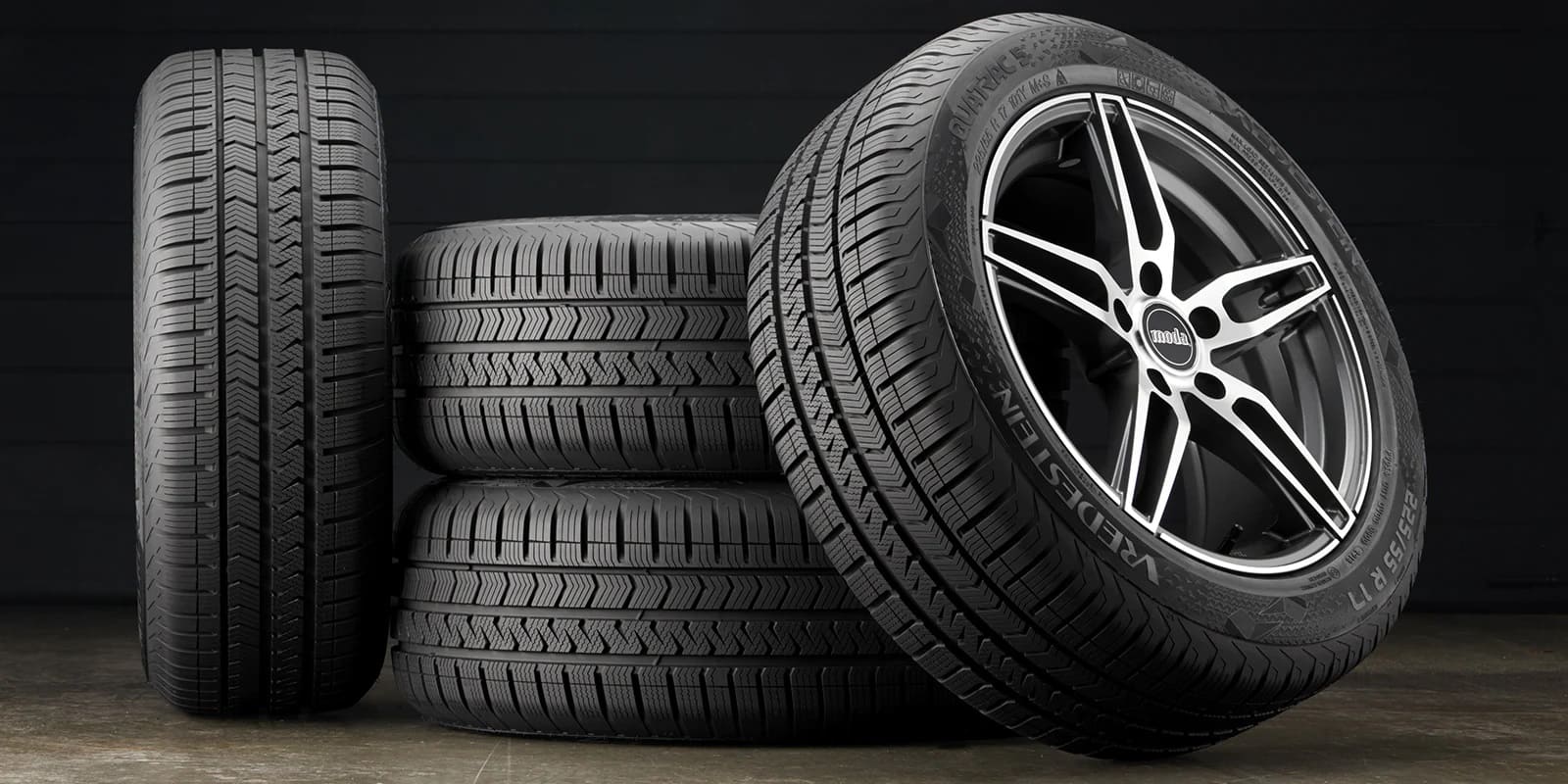
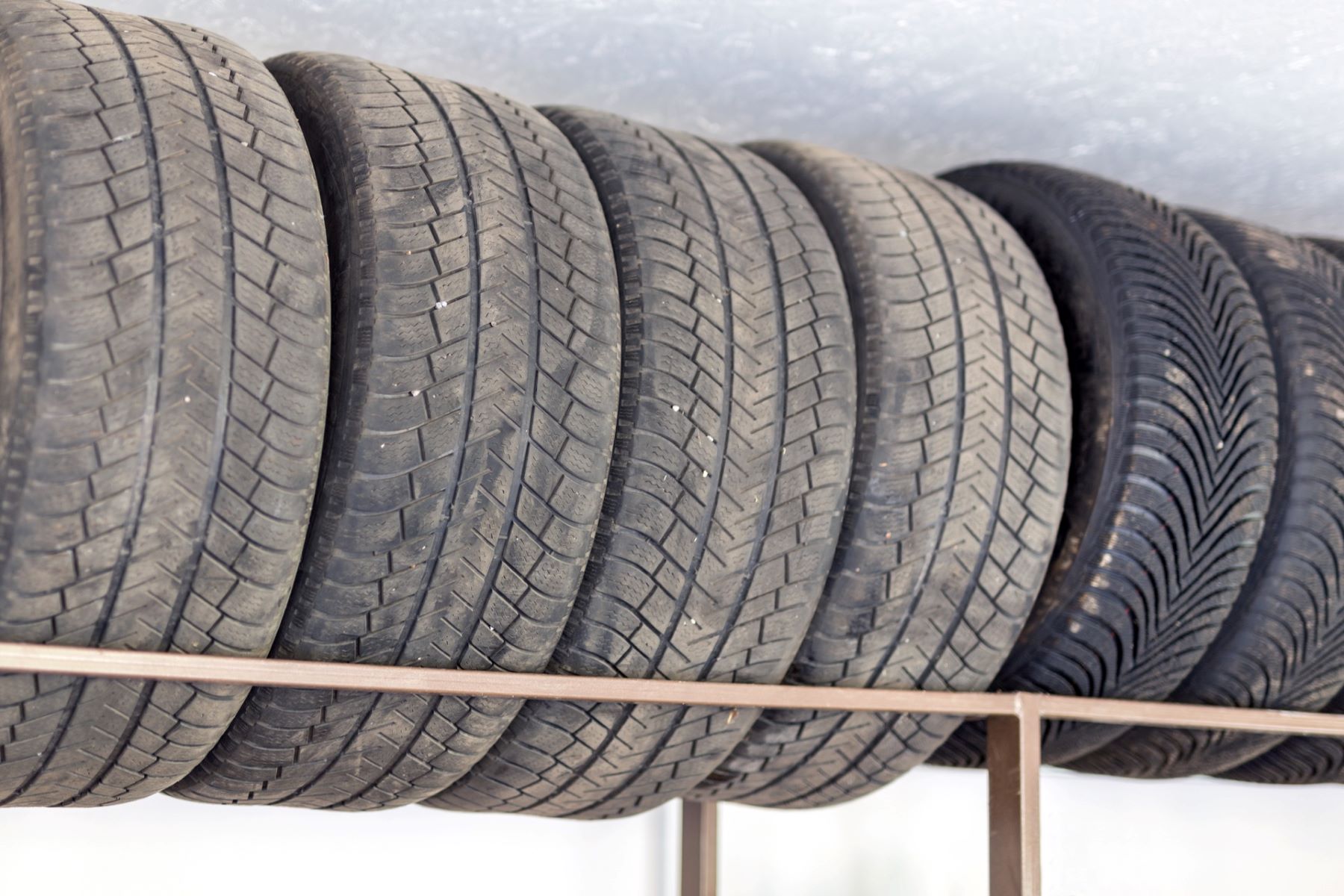
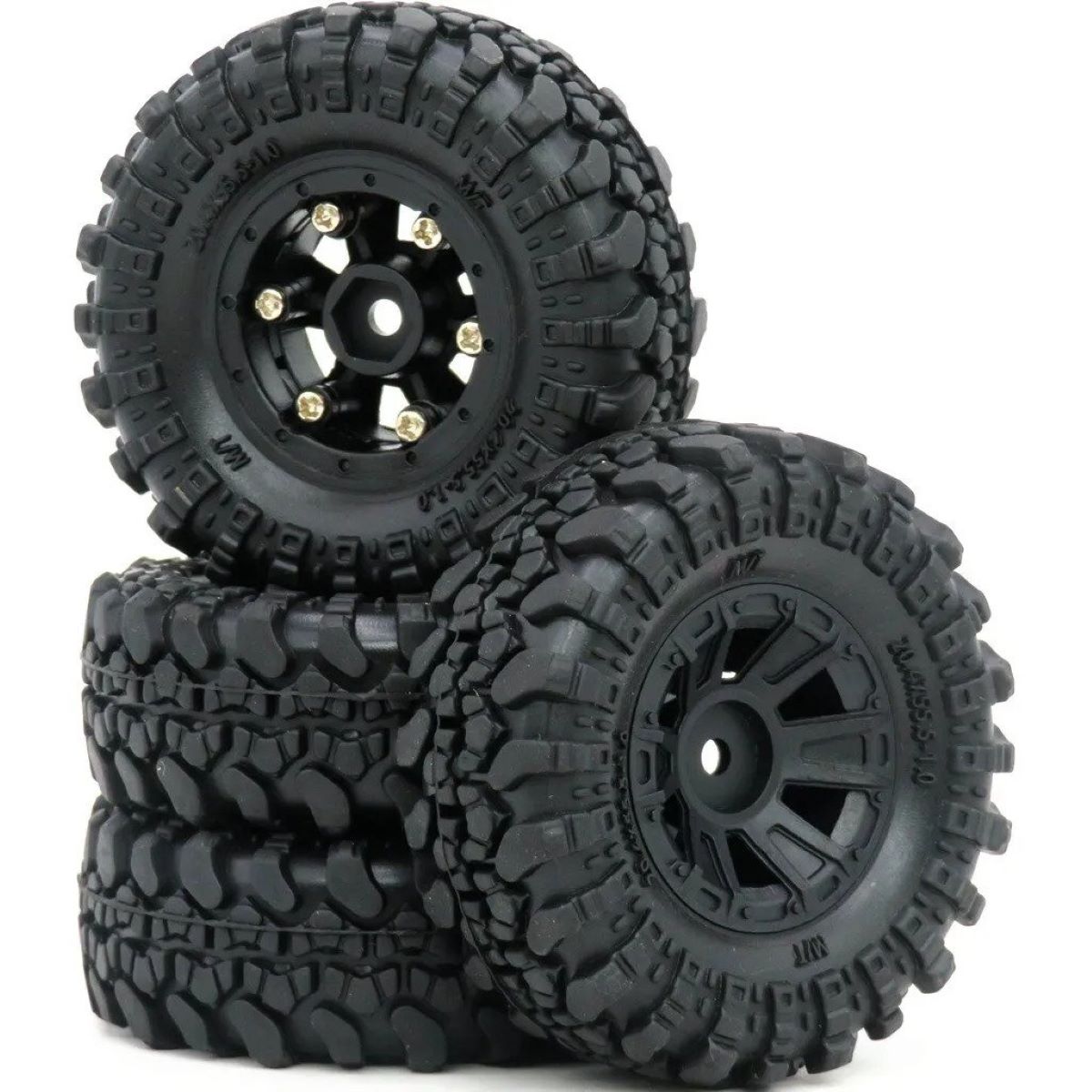
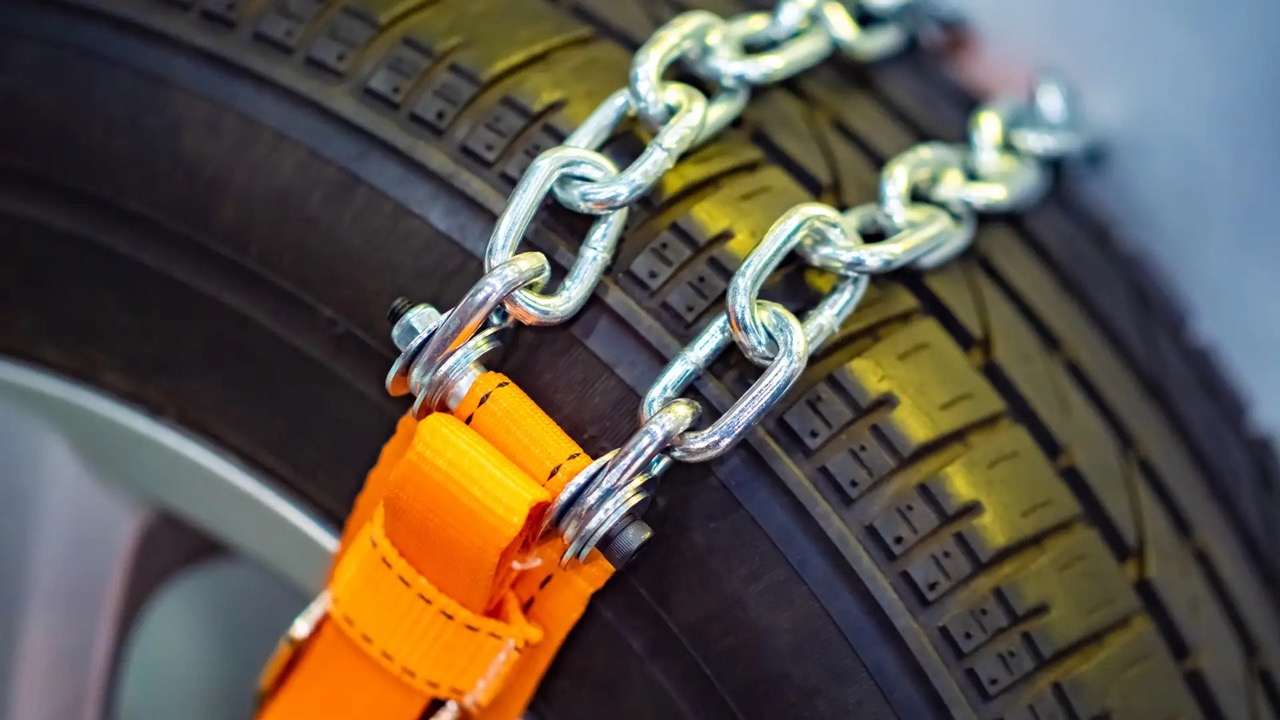
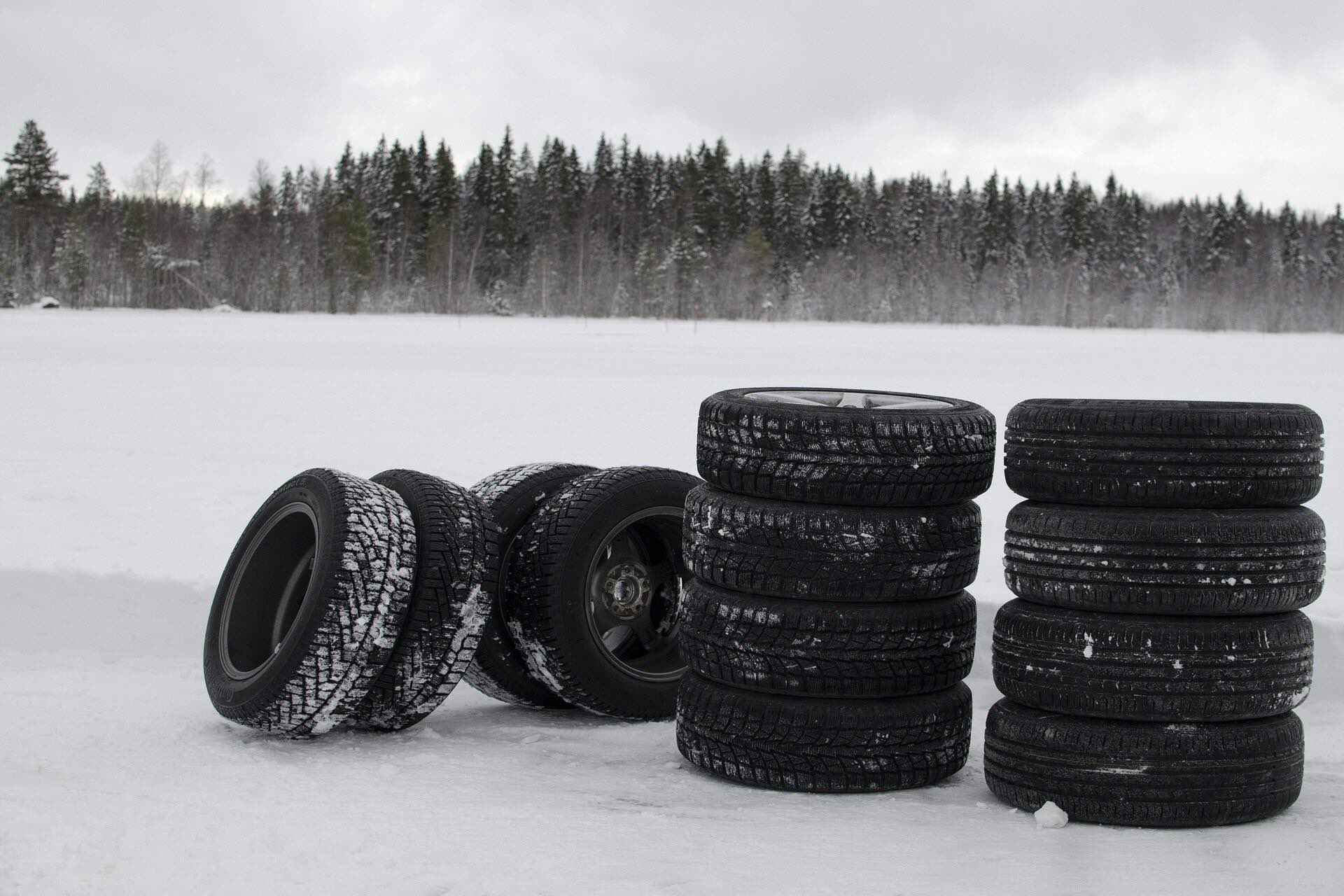
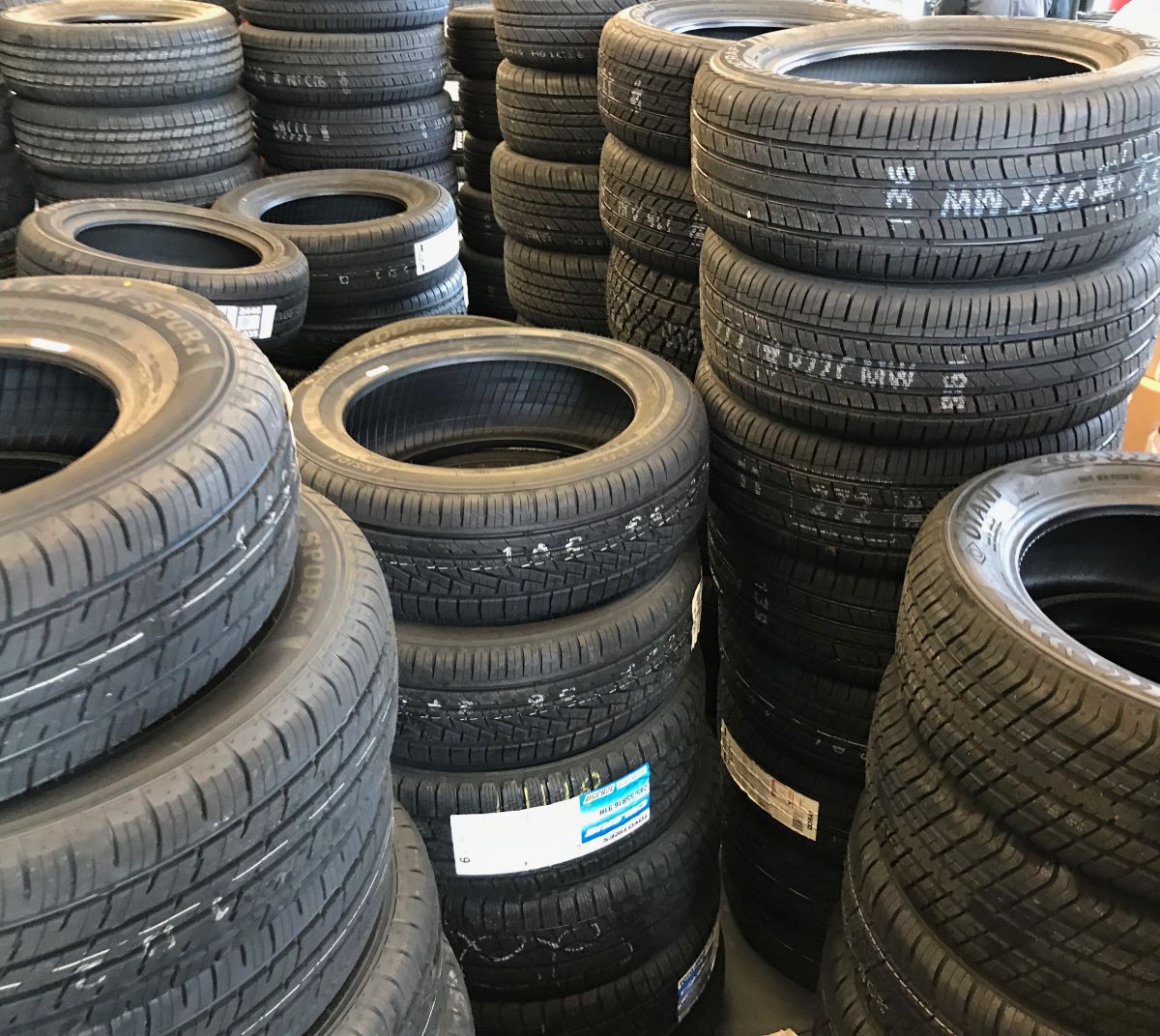
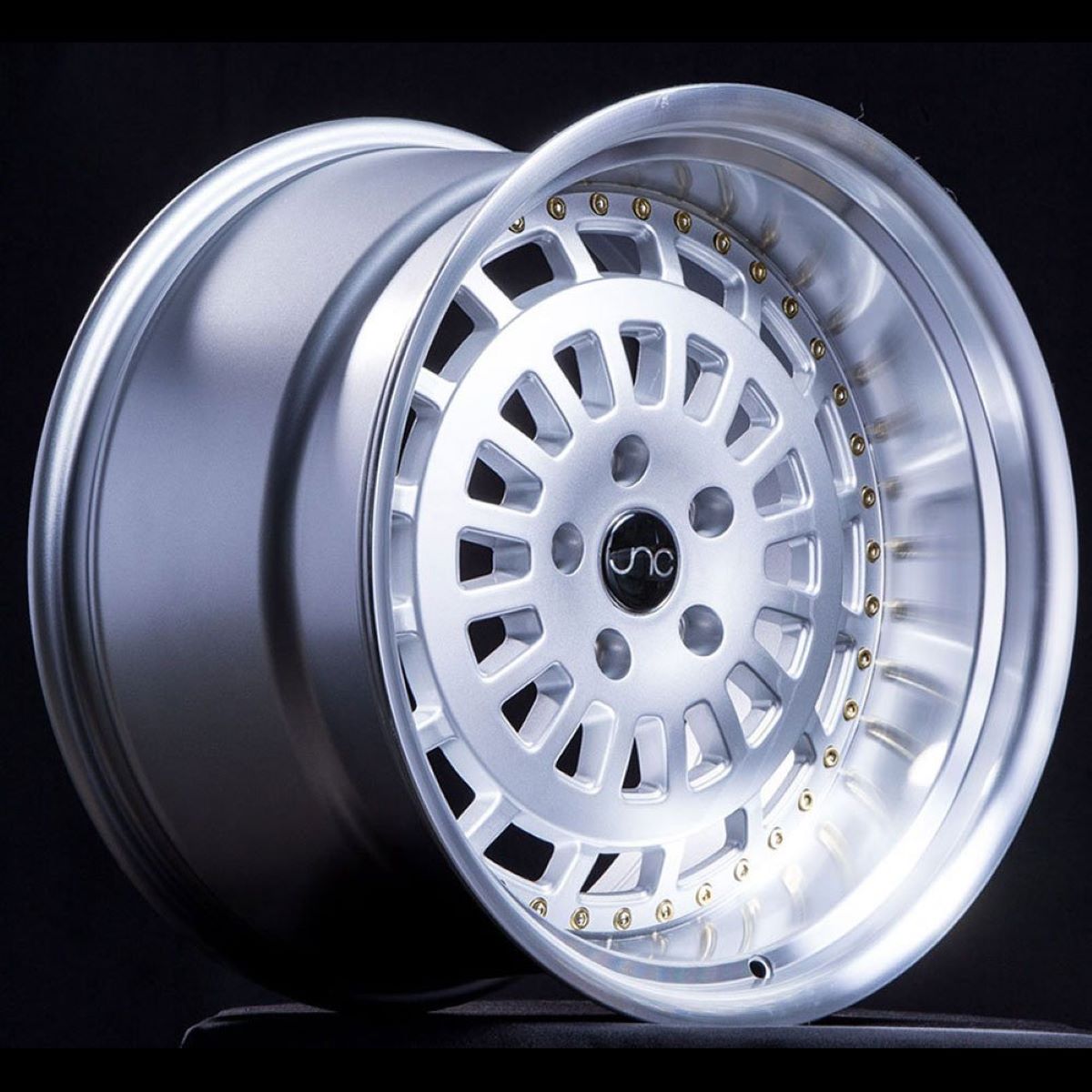
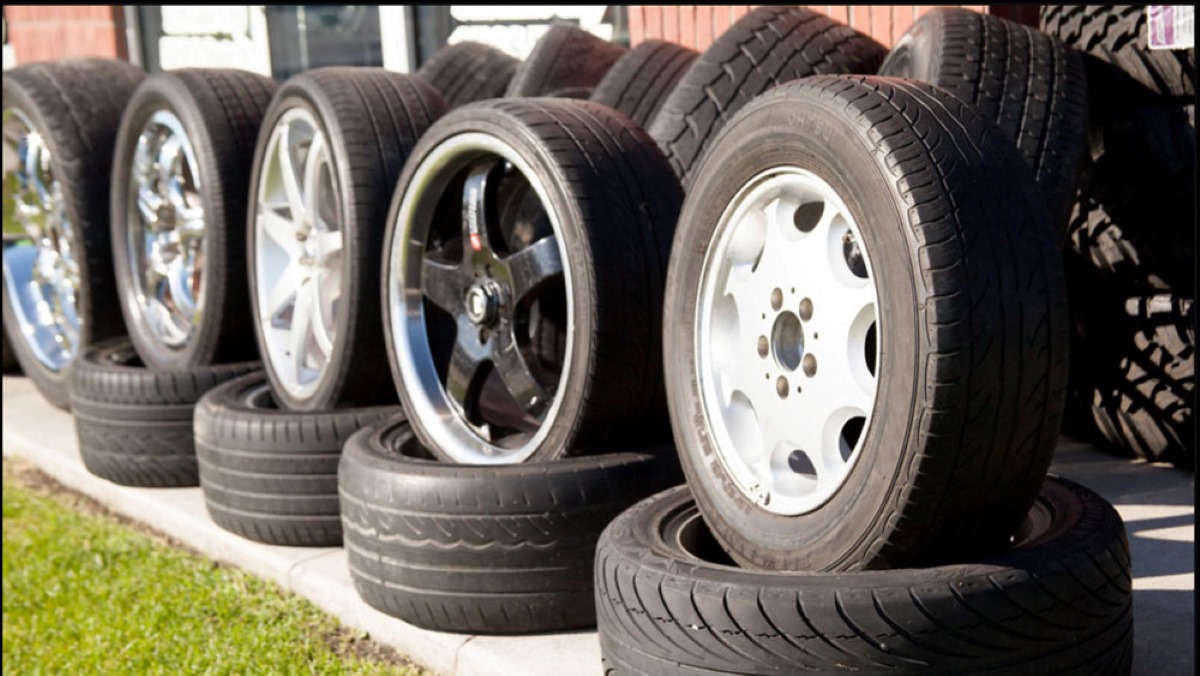
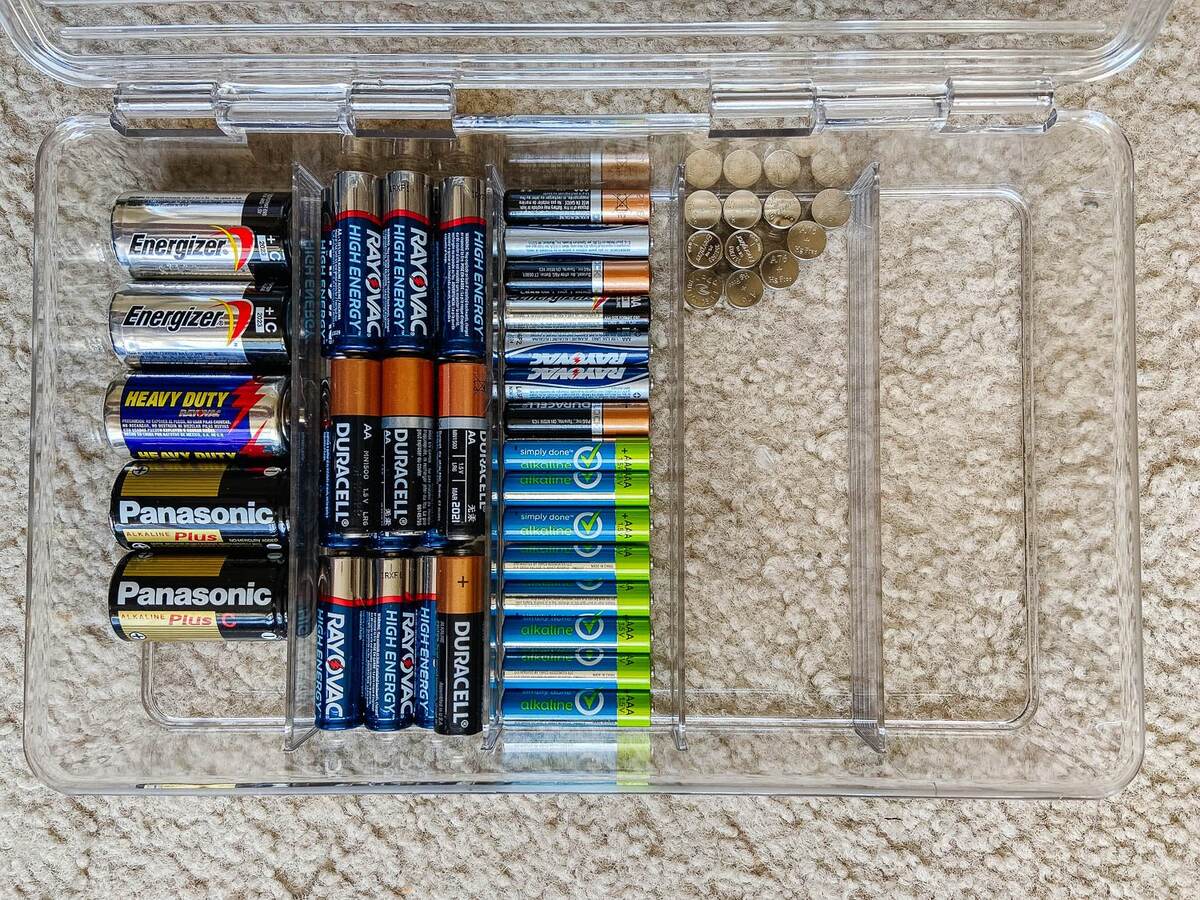

0 thoughts on “How To Store New Tires”